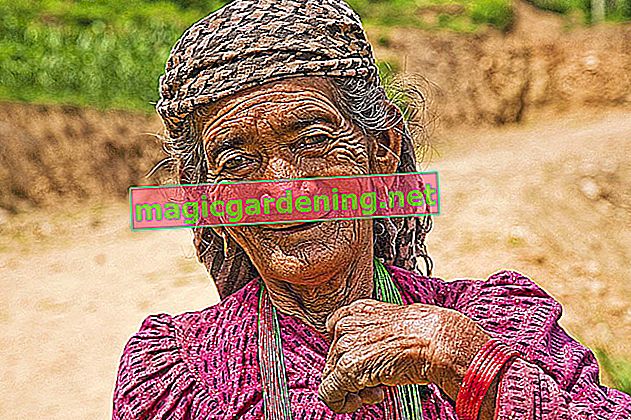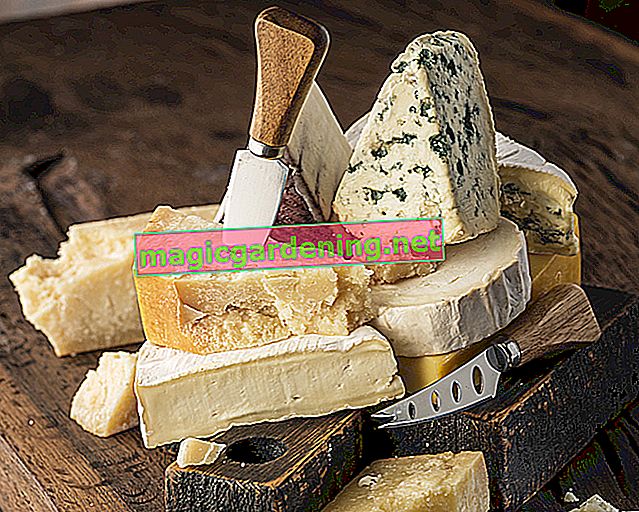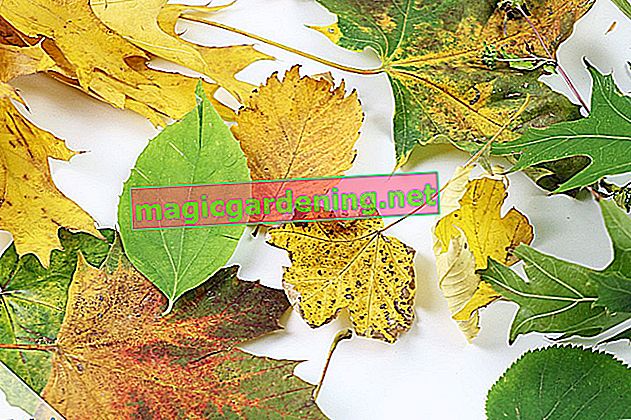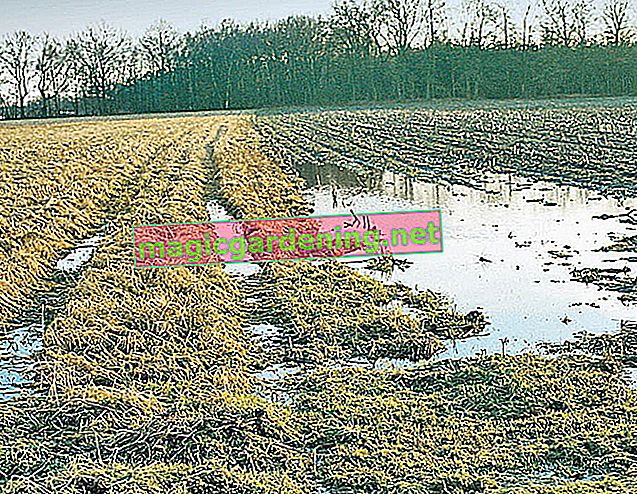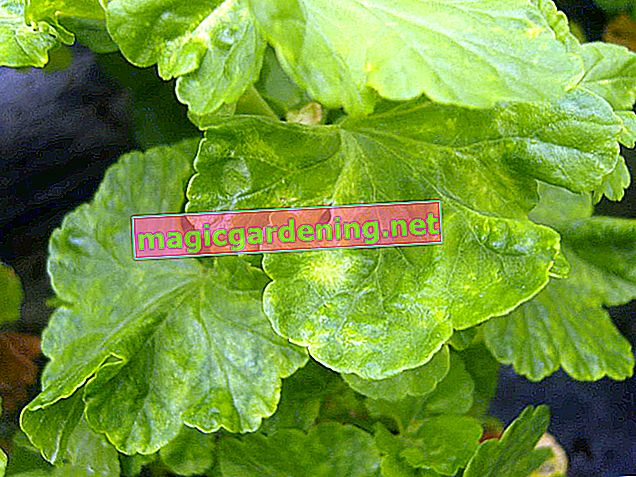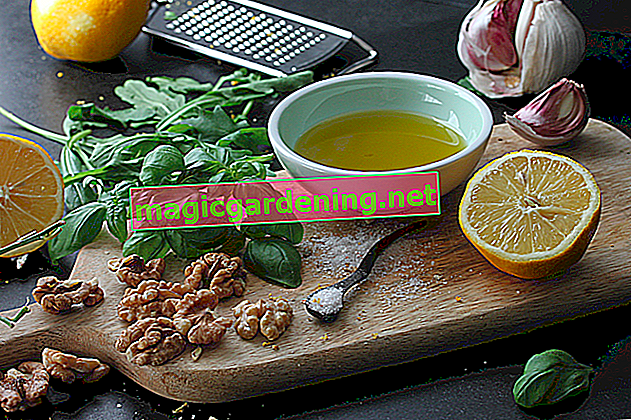
The harbinger of spring as an indicator of the harvest
From around the end of April many gardens and avenues are covered with a sea of white and pale pink flowers when the fruit trees are in bloom. Due to the widespread distribution of apple trees in this country, the apple blossom is an essential factor for beekeepers and the nutrition of their bee colonies in spring. The dainty apple blossoms are all the more visible in the landscape because they appear before or at the same time as the first leaf shoots on the apple tree. If the green becomes more and more dense, the petals slowly rain to the ground with the running spring wind. Whether the flowers have been pollinated correctly can be seen when, after a few weeks, the pistil has turned into a narrow apple on the stem.
also read
- Natural and artificial pollination in the apple tree
- Cranesbill "apple blossom" enchants with its delicate pink flowers
- The apple tree in the garden - self-fertilizing or not?
Promote the development of numerous flowers
For a productive apple harvest, you should know, with regard to the care of your apple trees, that blossoms and thus also fruits only appear on shoots of the apple tree that are at least two years old. So you should be careful not to remove all new shoots, especially when pruning trees in summer. Nevertheless, you should shorten the towering puddles of water at the upper end of the treetop, as they change the shape of the treetop in an unfavorable way and only rarely develop flowers in the following season. When you cut, make sure that a light tree crown is formed, so that the fruits ripening from the flowers and all the leaves get enough sunlight for healthy growth. Fertilizing the tree with compost or green manure in autumn promotes the development of numerous inflorescences in the following spring.
Ensure the pollination of apple blossoms
Bad harvest years sometimes occur with apple trees when there is severe night frosts or severe storms exactly at the time of the apple blossom. If a large part of the apple blossoms fall off, there will also be considerable losses during the harvest. Rainy weather also prevents pollination of the flowers, which are normally visited by the following insects:
- Bees
- Bumblebees
- Wild bees
In emergencies, the apple blossoms can also be pollinated by applying pollinating pollen to the respective pistil with a soft brush. Since apple trees are usually self-sterile, pollen from another apple variety must be used. If no other apple trees can be found in the neighborhood, it is also possible to plant apple trees of compatible pollinator varieties.
Tips & Tricks
If you copulate the edema of a pollinator variety on an existing apple variety, you can ensure pollination with suitable pollen.

